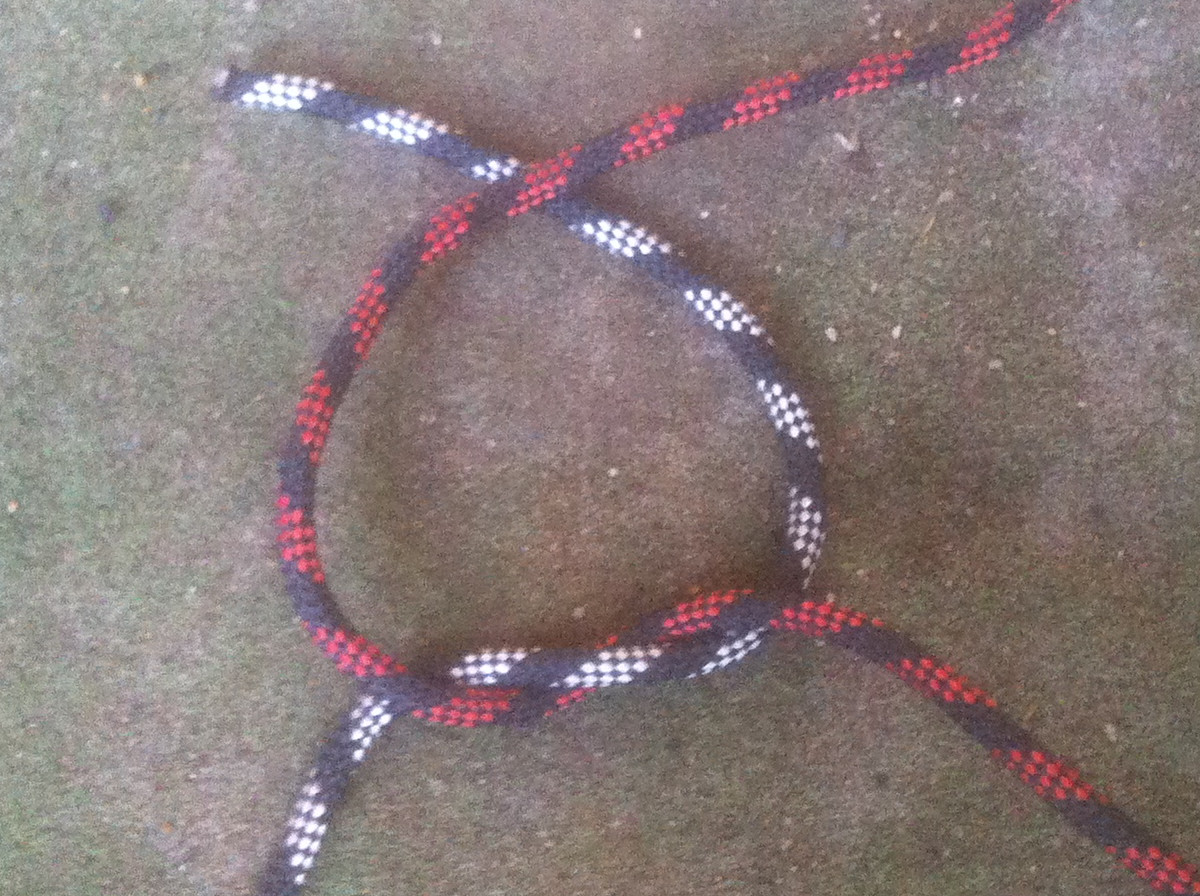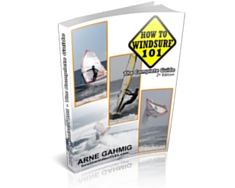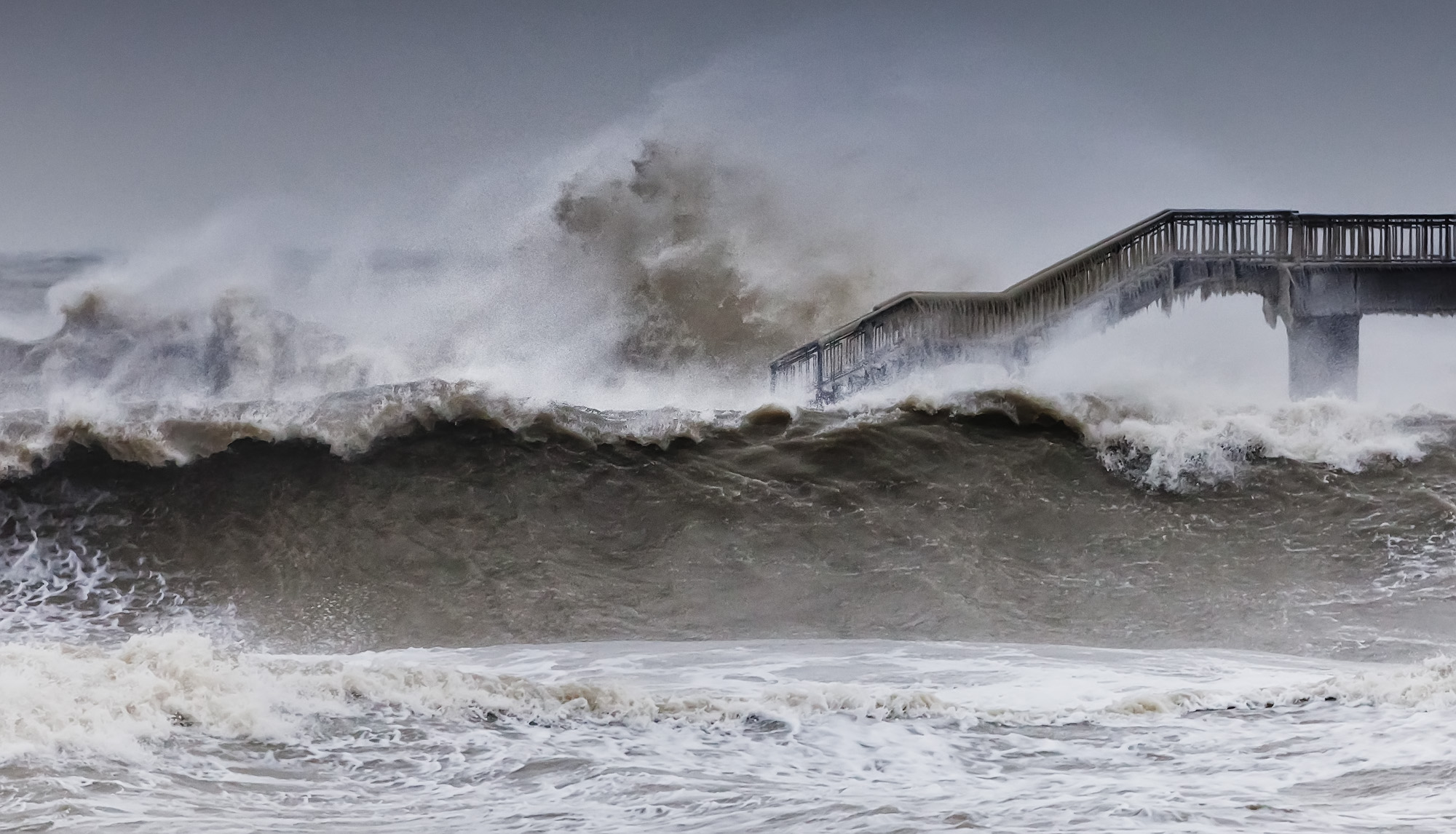


Knots for Windsurfing 1: Square Knot
There are three basic knots one should know as a windsurfer as they can come in handy at one time or another. There first is the square knot. The square knot is the most useful of the three I will talk about as it is what we use when we need to unite two rope ends. This can help us out of a pickle when the downhaul or the outhaul line tears on the water. Make sure you have control of this knot.
Here is the sequence for a square knot:
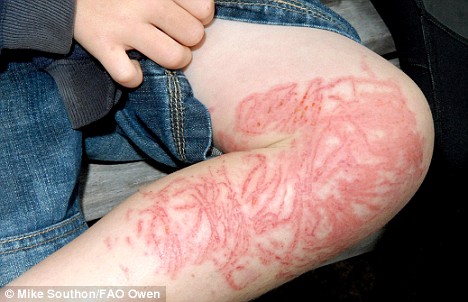
How to Treat a Jellyfish Sting
Every year around February and March, El Médano is visited by jellyfish. A jellyfish sting is a pretty excruciating experience and so knowing how treat the resulting burn is a handy thing to know. Now it is true that not all jellyfish are painful to touch and not many are actually deadly.
How to Treat a Jellyfish Sting
Things you should do:
- First off, stop any strenuous exercise. If you continue to pump the toxins through the body you will notice a pain spreading through the chest. Sit down and relax and treat the burn.
- Take a hot water shower. As hot as you can bear. The hot water destroys the protein cells that contain the toxin.
- Get rid of all the tentacles (make sure you don’t touch them with your bare skin. Use gloves or tweezers)
- Keep the area wetted with the type of water you were stung in (salt water or fresh water)
- Scrape the burnt skin CAREFULLY with a sharp edge such as with a knife, safety razor or credit card (make sure to only scrape in one direction)
- Apply heat (a first aid course in Australia taught me to treat land animal stings with cold and water animal stings with heat, i.e.. very hot water)
The thing that helped me the most when I got stung was take a hot shower. Hot as in, as warm as I could bear it and then increasing the temperature when I got used to that setting. From what I have read the toxins are protein cells much like egg-white cells which get neutralized by heat.
Things you should NOT do:
- Apply fresh water on the area
- Apply alcohol
- Urinate on the area
- Apply ammonia
- Apply ice to the wound
- Rub the area (this will only make the protein cells that contain the venom burst and hurt more)
There are a few methods on how to remove the venom of a jellyfish from the skin. One is to make a paste of baking soda and water and apply it to the area and covering it with a cloth.
Prevention
So much for the cures to these very painful stings, now to the prevention.
The best way to avoid a jellyfish sting is of course not to go in the water. If you hear of jellyfish being in the water, just do a land activity, as simple as that.
If you decide you must go in the water, go prepared. A long-leg, long-arm wetsuit will at least protect most of your body, minimizing the area available. Naturally this does not protect your head. I personally have a long wetsuit that is thin for warm waters to stay protected.
There is also a sun cream with jellyfish repellent available on amazon which you can give a try although I have no idea just how effective it is.
When encountering a jellyfish in the water, you will probably only see the bag on the surface and not so much the tentacles. This is true for the portuguese man of war. Remember that the bag is always downstream of the tentacles and the current and wind on the water surface blow the bag and the tentacles follow. So if you are sailing along and see the bag, pass it on the downwind side to avoid any tentacles getting stuck and tangled on your feet.
If you have any more tips of dealing with jellyfish stings, please let me know so that the information is complete.
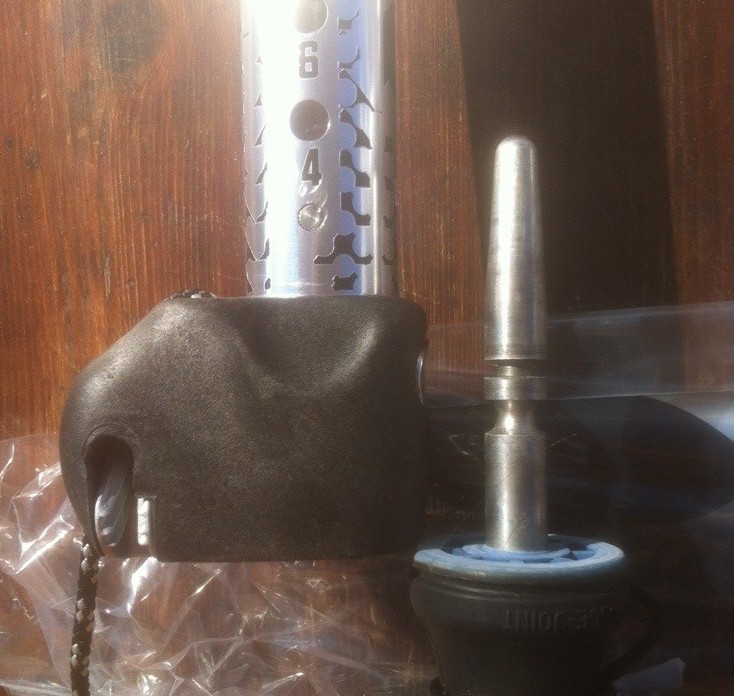
Mast Extension – Mast Foot Compatibility
A few times when we have bought mast extensions we have had a problem. The problem is that, for extra resistance, durability, or both, the mast extensions come with a pin that goes through the cylinder at the bottom of the tube. The trouble is that power-joint mast-foots (mast-feet?) that have a long pin will be too long to click in. Most of our mast foots have a long pin since these are more comfortable to fumble into the mast base than the short ones. What you need is a short pin mast foot. Just make sure that when you are buying your mast-foot and extension, they are compatible. It is one of those small details that you don’t think about and only realize when you actually put the two together.

The pin on the left is 3 cm shroter that the one on the right. So it would work for the mast extension.
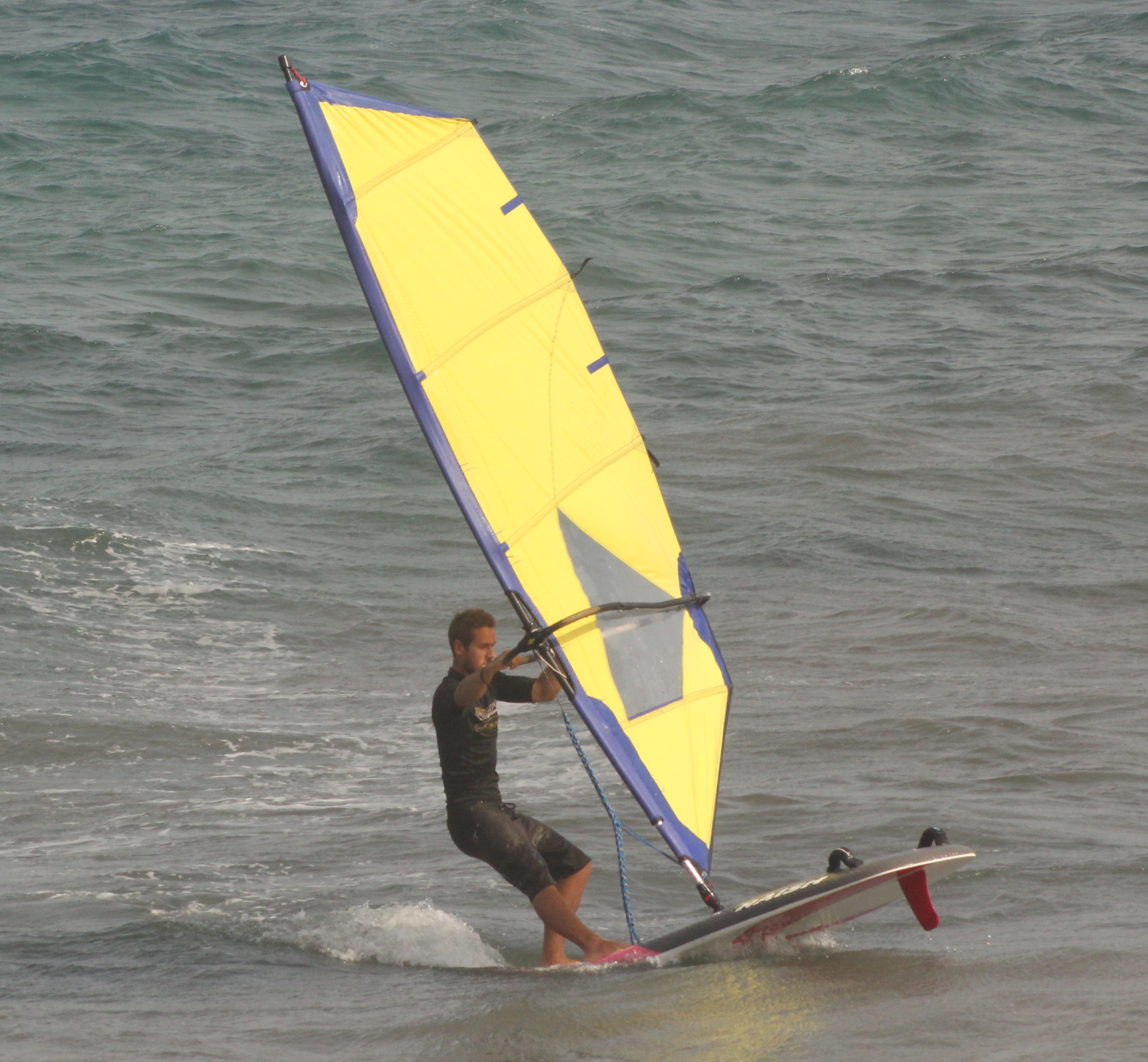
Low Wind Alternatives
What to do? We arrive at the surf spot and there are only 10 knots blowing. Some might say that the day is ruined. That we are cursed to sit on the beach and tell stories of epic windsurfing sessions. Others might say it is time to try kitesurfing. However, it is still worth hitting the water with a board and sail, albeit some big kit.
Low wind conditions give us the posibility to gain sail control and try out new manoeuvres with less likelyhood of falling in. When I teach beginners I frequently practice sailng on the lee side, the heli tack or a sail stall (among others) mainly to stay entertained, but also to develop my skills. I know that every attempt even in low wind contributes to getting the hang of a manoeuvre with more wind. (more…)
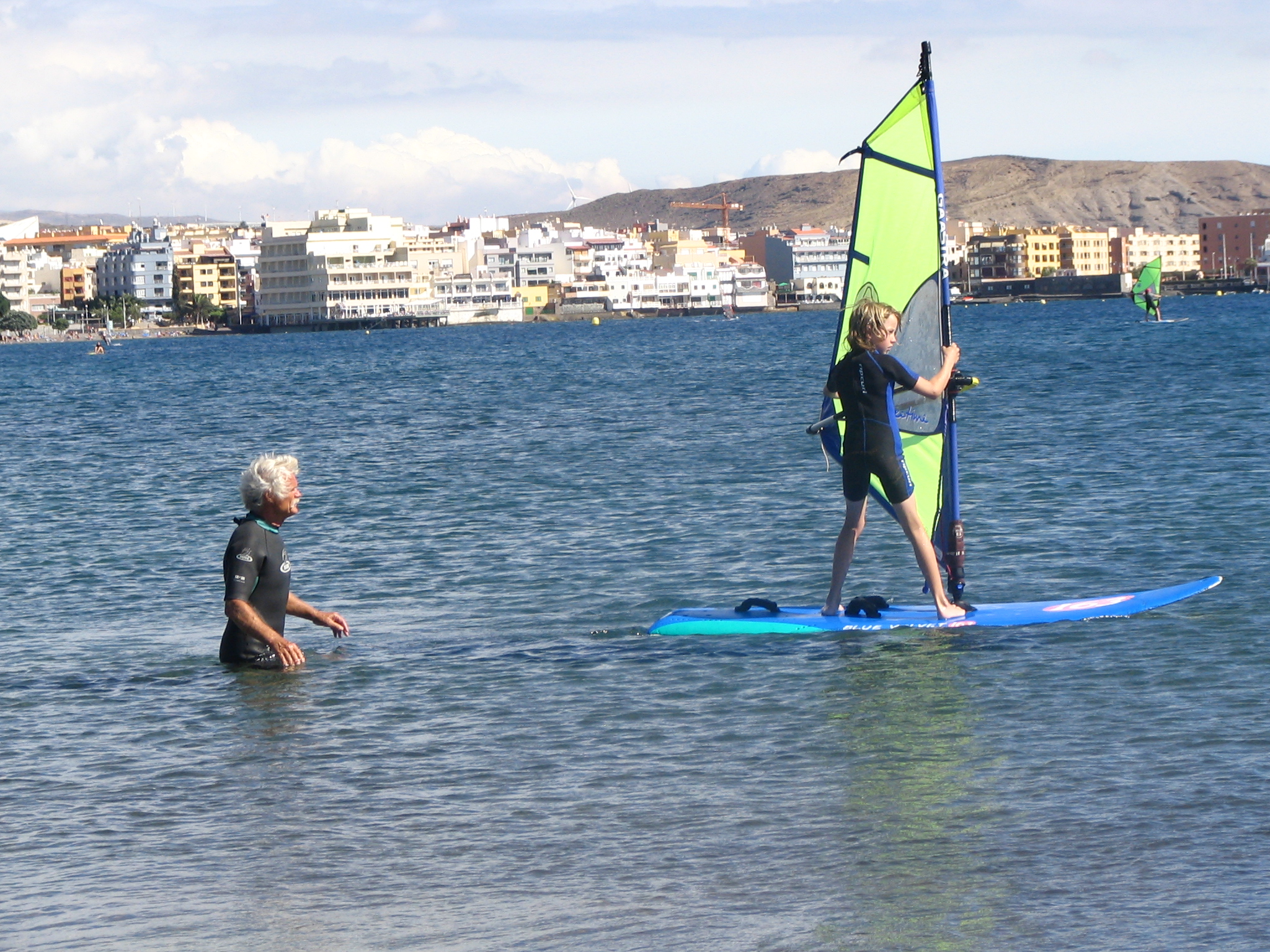
Why you Should Hire an Instructor
There are many reasons why one might want an instructor to teach you how to windsurf. There are a coupe of reasons for which I believe you should definitely hire a windsurf instructor, especially in the initial stages of your learning. Windsurfing is an extremely technical sport in which a lot of details can be gotten wrong and internalized, hindering our progress.
Correction
As I just mentioned, learning how to windsurf on your own can be detrimental to your progress as there are a large number of things that you can do wrong. Elements such as keeping the front arm straight, avoiding the monkey stance or bending our back to pull the sail out of the water are crucial to get right from the first lesson. They are also elements which are very quickly forgotten which an instructor will detect as they occur and correct.
Tailored progress
While learning you will get loads of well intended advice from your friends. However, they might not necessarily know which your next learning step should be. Depending on the spot you are windsurfing in you might be better off learning the beachstart before learning to plane or using the harness. I have heard of kids in Hawaii or Isla Margarita that have skipped the gybe entirely and jumped straight to the front loop (although this is probably just your standard adolescent “getting ahead of ourselves” :)).
Aside from knowing which your next step on the learning ladder should be, an instructor will be able to tell you if you are even ready for the next step. Countless times I have had students wanting to learn to waterstart when the beachstart was not solid, or wanting to learn how to carve-gybe when they weren’t planing properly.
Safety
We are talking about an extreme sport in a potentially dangerous environment. Having someone next to you while you are trying out a new maneuver is a very sensible thing to do. Many times my task for the hours lesson would be to “keep company” to students who did not feel safe at a new spot. I would accompany them with kit that was a little bit easier to handle so that if they grew tired by fighting for a waterstart in non-flat water, they could take over my gear and up-haul to sail back to the beach safely without being washed onto the rocks by the current.
Also, arriving at a new spot that is more challenging than, for example flat water, might give you a hard time. You can save yourself lots of frustration by just getting someone to check out how you are coping with the conditions like shore break or gusty winds and give you a few crucial pointers on how to save your energy or improve your control over the kit, etc.
To conclude, a windsurf instructor is a very smart decision when wanting to learn a new maneuver, arriving at a new spot or going back on the water after a longer break to file at your technique. Hiring an expert will shorten your learning curve and solidify shaky elements of your technique.



